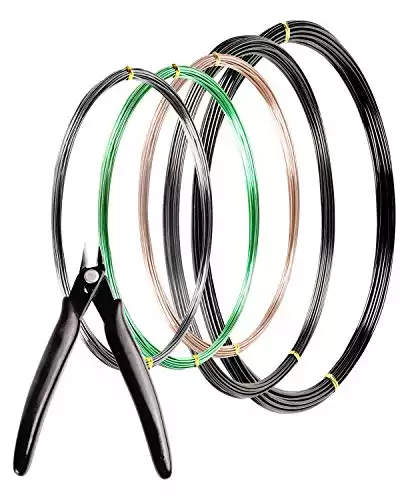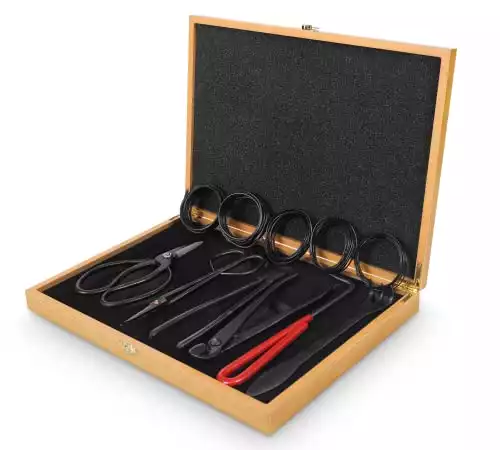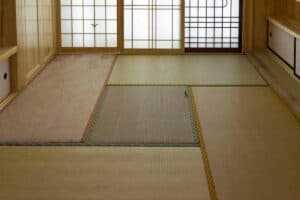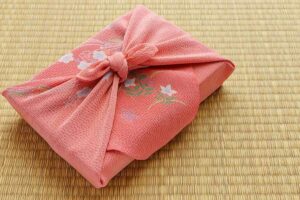Bonsai ramification is the splitting of a stem, branch, or twig into smaller ones.
It can be done naturally or artificially. When done artificially, it’s called bonsai branching.
This process is used in bonsai cultivation to create a tree with a more compact structure and more interesting silhouette.

There are several techniques that can be used to achieve ramification, and each has its own benefits and drawbacks.
In This Article – We’ll explore the different methods of bonsai ramification and discuss when each one is most appropriate. We’ll also look at some tips for achieving successful ramification in your bonsai trees.
Table of Contents
What Is Bonsai Ramification?
Bonsai ramification is the splitting of a stem, branch, or twig into smaller ones so it can grow and look like a real tree.
There are several techniques that can be used to achieve ramification, and each has its own benefits and drawbacks.
Pruning
One of the most common methods of bonsai ramification is pruning.
Pruning is a simple and straightforward way to encourage branching, and it can be done at any time of year.
However, it’s important to prune carefully and judiciously, as too much pruning can damage the tree or result in an undesirable shape.
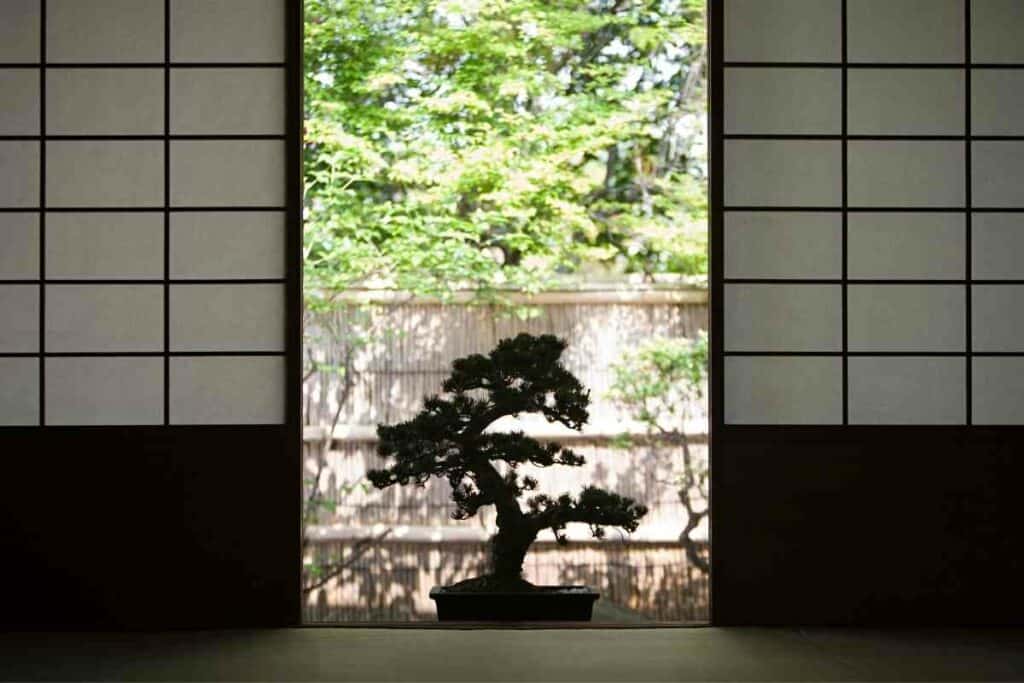
Pruning is most effective when done on young, fast-growing trees.
It’s also important to prune in the correct way; pruning too much or in the wrong place can damage the tree.
When pruning for ramification, it’s best to remove only a small amount of growth at a time, and to focus on pruning branches that are growing vertically.
The MoHern Bonsai Wire and Bonsai Tool Kit is a comprehensive set, including a total of 164 feet of bonsai tree wire in various sizes, ranging from 1mm, 1.5mm, to 2mm. Crafted from durable aluminum, this kit is ideal for shaping and training bonsai trees, both indoors and outdoors.
Wiring
Another common method of bonsai ramification is wiring.
Wiring is a technique in which the trunk and branches of the tree are bent and shaped using wire.
This can be done to create a desired shape, or to encourage branching in a particular direction.
Wiring is most effective on young, flexible branches; older, thicker branches are more difficult to wire and may require multiple attempts.
Wiring also has its own risks and drawbacks; if done improperly, it can damage the tree.
It’s important to use the correct type of wire (usually annealed copper or aluminum), and to avoid wiring branches that are too thin or too thick.
Wiring should be done carefully and with caution, as it’s easy to damage the tree if you’re not careful.
Grafting
Finally, another method of bonsai ramification is grafting.
Grafting is a technique in which a branch from one tree is grafted onto the trunk of another.
This can be done to create a more complex branching structure, or to add foliage to a tree that is lacking in leaves.
Grafting is most successful when done between trees of the same species; grafting between different species is more difficult and often results in poorer success rates.
Grafting is a relatively complex technique, and it’s important to seek out guidance from an experienced bonsai grower if you’re interested in trying it.
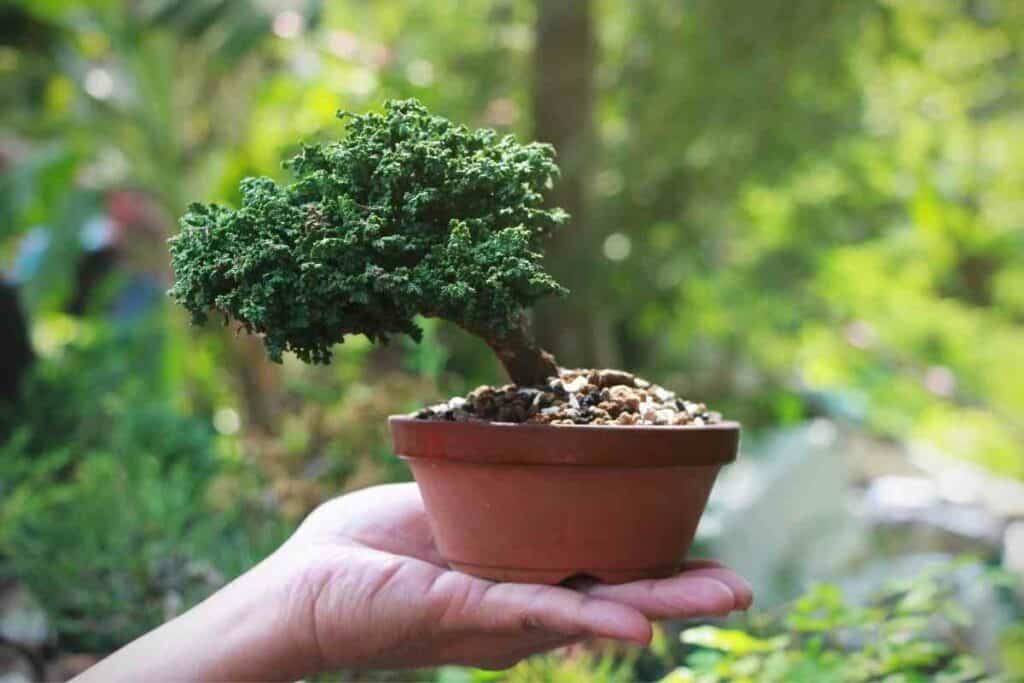
It’s also important to choose healthy, disease-free grafting stock, as diseased or damaged branches are more likely to fail.
No matter which method you choose, ramification is a process that takes time and patience.
It’s important to be patient and to allow the tree to grow and develop before you start pruning wiring, or grafting.
With time and care, you can create a beautiful, ramified bonsai tree that will be the envy of all your friends.
How Can I Increase the Ramification of My Bonsai Tree?
By pinching all new growth tips on the main trunk and branches.
This will force the plant to produce more side shoots, leading to a more compact and ramified form.
Pinching should be done regularly throughout the growing season; once every two weeks or so is ideal.
It’s important to pinch back only the new growth tips, as pinching back older, more established growth can damage the plant.
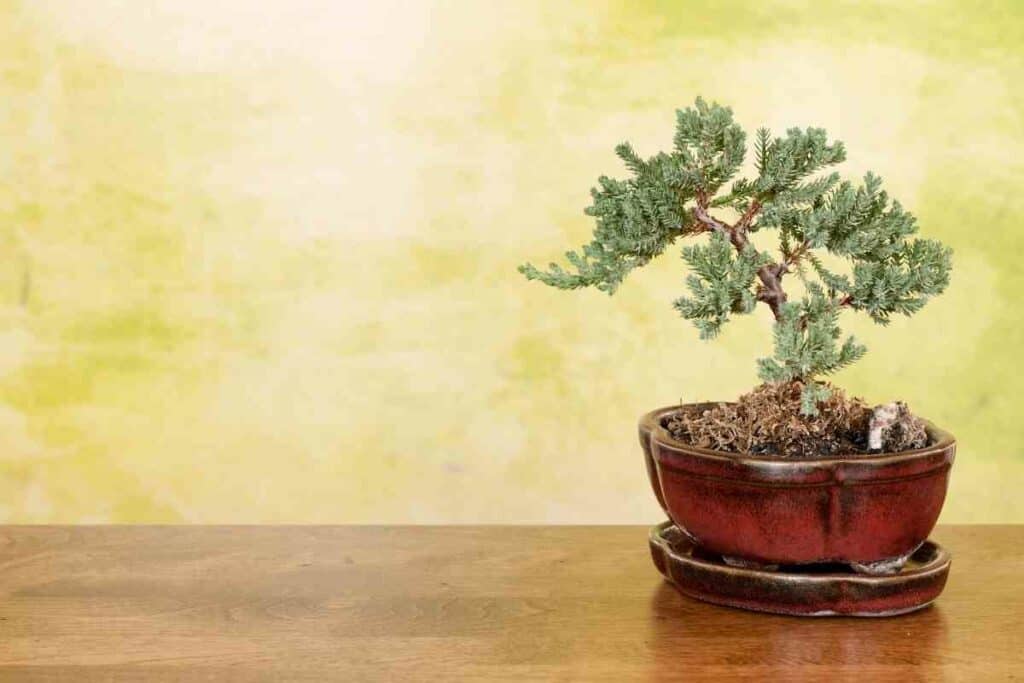
When pinching back new growth, it’s also important to avoid damaging the delicate leaves or buds.
Use your fingers or a sharp pair of scissors to carefully snip off the tip of the branch, being careful not to damage the surrounding foliage.
If you want to encourage more aggressive ramification, you can also try pruning back some of the older, more established growth.
This will force the plant to produce new growth from lower down on the trunk or branches, leading to a more compact overall form.
The Bonsai Tools Set with a convenient wooden box includes 12 essential, heavy-duty tools for all your bonsai tree care needs. This comprehensive kit features trimming scissor shears, concave cutters, wire rolls, wire cutters, and more, making it a must-have for gardening enthusiasts focused on bonsai pruning and care.
Conclusion
Bonsai ramification is the process of creating a more complex branching structure in a tree. This can be done through pruning, wiring, and grafting techniques.
No matter which method you choose, it’s important to be patient and allow the tree to grow and develop before starting to prune or wire.
With time and care, you can create a beautiful and intricate bonsai tree.
Also Helpful
- 7 Best Japanese Sunscreen Products You Can Buy Online
- 5 Best Japanese Makeup Brushes for a Flawless Finish
- 7 Benefits Of Tatami Mats You Should Know
- The Best Furoshiki Wrapping Cloths: Inspiration, Ideas & Cloths You Can Buy
- Cool Tenugui Towels (10 Best Ones with Bold Japanese designs)
- Japanese Yukata Ideas & Inspiration (20 Creative Ideas)

